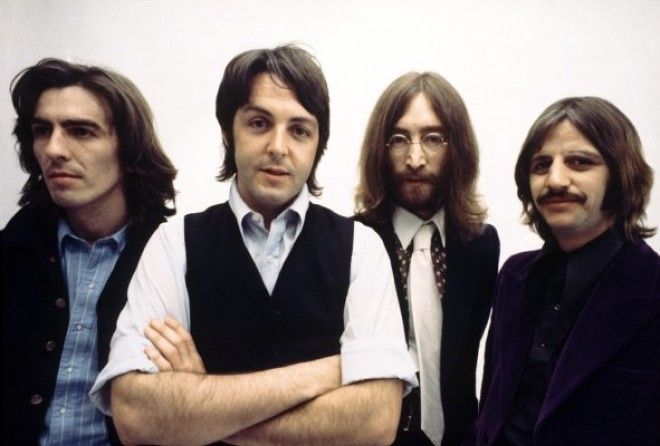The “Paul is Dead” conspiracy has been around for far longer than the Internet has existed. The theory speculates that, after a heated recording session for Sgt. Pepper’s Lonely Hearts Club Band, McCartney stormed out of the studio and raced away in his car, only to crash and die from a head injury. During the time in question, McCartney was actually on vacation in Kenya, but a few real life incidents likely inspired the hoax. In 1965, Paul crashed his moped, which gave him a chipped tooth and a scar on his lip. In January of 1967, a few months after his supposed death, McCartney’s Mini Cooper was totaled in an accident, but he wasn’t in it at the time.
The fact that Paul McCartney himself is still active in the music scene and has written and performed countless chart-topping hits since his apparent demise does nothing to dissuade the Macca truthers from their quest to uncover what really happened on November 9, 1966. If the man currently masquerading as Paul McCartney is an imposter after all, then he’d definitely qualify as the greatest impersonator of all time.
John Supposedly Says “I Buried Paul” At The End Of “Strawberry Fields Forever”

Perhaps the most infamous bit of evidence that Paul McCartney is dead is a cryptic soundbite from the end of “Strawberry Fields Forever.” Eagle-eared fans claim that they hear John Lennon moaning, “I buried Paul,” which they take as a confession. Of course, what Lennon actually says is relatively unclear and completely up to interpretation. For the record, Lennon himself said the lyric was actually “cranberry sauce.” A likely story!
The Album Cover For 'Abbey Road' Contains Funeral Imagery
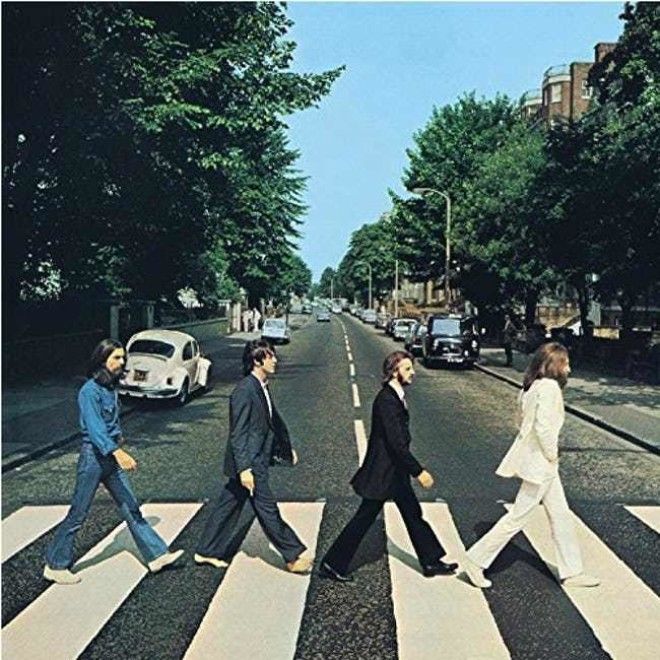
The album cover for 1969’s Abbey Road may be one of the most famous album covers in music history. The iconic image features The Beatles walking across the titular road, and McCartney truthers think there's some obvious funeral imagery at play: Lennon is the priest, clad all in white, Ringo Starr is the undertaker in his black garb, and George Harrison, who is dressed for work, is the gravedigger. That leaves Paul McCartney as the corpse to be buried. Further “evidence” shows that Paul is walking out of step with the rest of the band, representing his place in the afterlife. He’s not wearing shoes, which some have argued is a symbol of death.
A License Plate Reads “28IF"
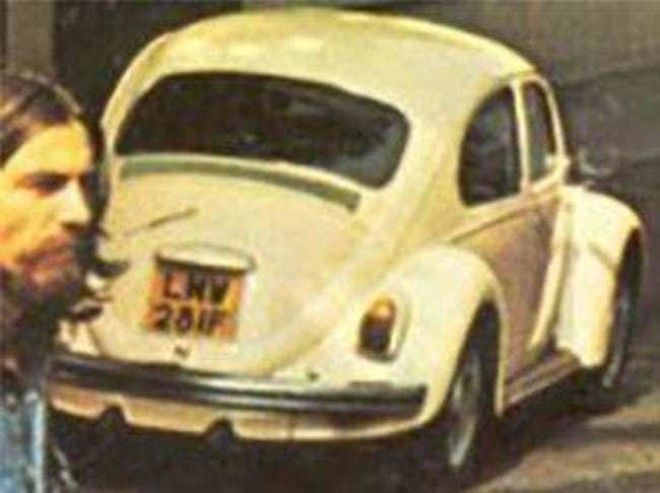
Those who focus entirely on the four Beatles walking across Abbey Road may be missing one of the most important clue in the mystery of Paul's death: a Volkswagen parked in the background of the photo located behind Paul's head has a license plate that reads “28IF.” Believers argue that it's an intentional message that Paul McCartney would have been “28” when Abbey Road was released if only he hadn’t been killed in a car accident in 1966. Of course, McCartney was actually 27 when the album was released, but don't let facts dissuade you from the truth.
People Think The Fake Paul Was Introduced on 'Sgt. Pepper's'
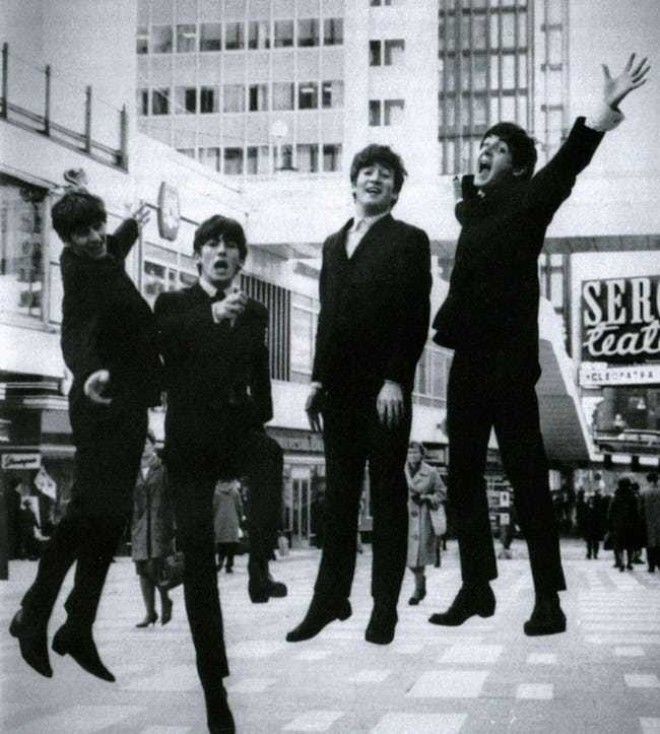
For the seminal 1967 album Sgt. Pepper’s Lonely Hearts Club Band, The Beatles created an entire fictional band for themselves to portray, making Sgt. Pepper’s one of the first real concept albums in music history. Of course, it also created a convenient opportunity for them to introduce a brand new band member, a lookalike and soundalike of Paul McCartney. Some conspiracists allege that the replacement’s name is “Billy Shears,” and they introduce him with the line, “So let me introduce to you to the one and only Billy Shears." Of course, some people say the replacement’s name is actually William Campbell, and everyone seems to forget that Shears was played by Ringo on the album.
"A Day In The Life" Is Full Of Lyrical Clues
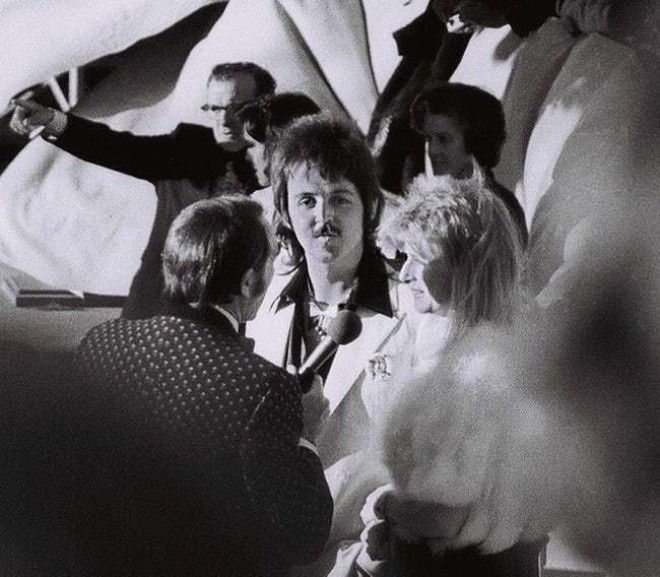
The song "A Day in the Life" is an excellent example of John Lennon and Paul McCartney’s dualistic song-writing skills. However, there are those who believe that McCartney was dead long before the song was ever released and that the lyrics are actually about the secret 1966 death of the bass player. Lines like “He blew his mind out in a car,” are seen by some as a reference to the fatal car accident that supposedly claimed McCartney’s life.
If You Play "A Day In The Life" Backwards There's A Hidden Message
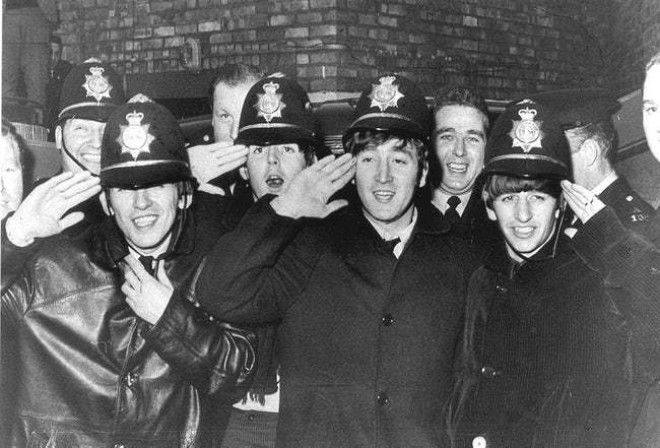
Some fans think that the lyrics of “A Day in the Life” played forward contain evidence of Paul McCartney’s demise, but just wait until you hear the song in reverse. Playing it backward reveals a message that likely has no meaning, but some truthers have interpreted it as “Paul is a dead man, miss him, miss him.” The song's bizarre concluding sequence played in reverse reveals a message that sounds something like, “Will Paul be there as Superman?” Maybe it's a reference to meeting Paul again in heaven, or maybe it's a nonsensical misreading of backward, jumbled lyrics.
'Yesterday And Today' Was Supposed To Have A Gruesome Cover
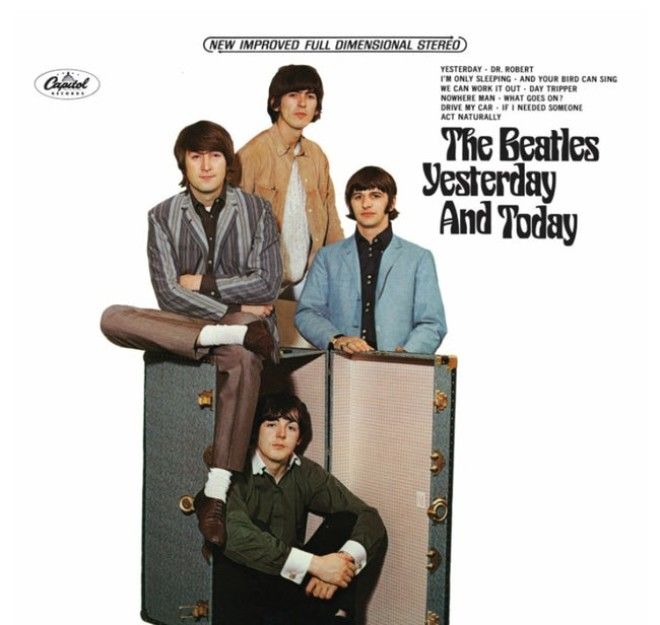
Yesterday and Today is a studio album initially released only in North America in 1966. The Beatles, now world-renowned megastars, attempted to use a fairly gruesome cover, which would depict the group covered in dismembered baby dolls and raw meat while wearing gigantic smiles. The cover was deemed too much for audiences to handle, and so it was replaced, but “Paul is Dead” believers think that it was yet another attempt by The Beatles to joke about the gory details of Paul’s death.
The replacement album cover also became a part of the conspiracy, as it featured McCartney sitting in a steamer trunk, which naturally represents his being currently buried in a box underground.
There's A Secret Message On The Drum In The 'Sgt. Pepper’s Lonely Hearts Club Band' Cover
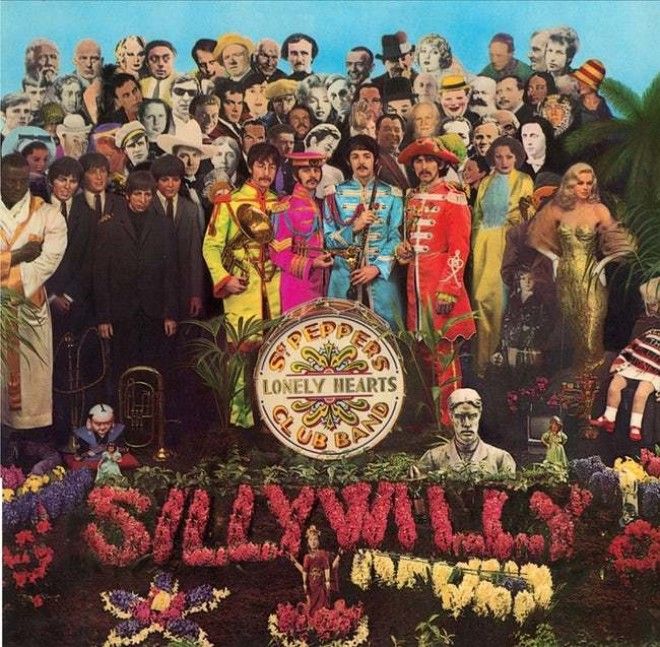
Most of the supposed evidence of Paul McCartney’s untimely death have been staring fans in the face for decades, but other clues took a bit of ingenuity to uncover. Some conspiracists discovered that using a mirror to bisect the phrase “Lonely Hearts” on the drum from Sgt. Pepper’s album cover reveals the message “I ONE IX HE…DIE.” With a little creative thinking, the “I ONE” becomes 11, and the “IX” becomes nine, making the hidden message “11/9 He Die,” a clear reference to Paul’s fatal November 9th car accident.
There's A Phone Number On The 'Magical Mystery Tour' Album Cover

Magical Mystery Tour dropped in 1967, but it took fans a few years to hone in on all the “clues” that the album’s cover provided for the Paul is Dead conspiracy. Some have identified the walrus as a symbol of death, although no actual cultures seem to hold this belief, nor is Paul wearing the walrus costume.
Other detectives thought that the starred “Beatles” title on the cover looked like a phone number, 231-7438, when turned upside down. They theorized that it allowed access to a secret Paul is Dead hotline where fans would be let in on the secret, but, in a shocking twist, it absolutely was not.
The Liner Notes Of The White Album Were (Possibly) Filled With Clues
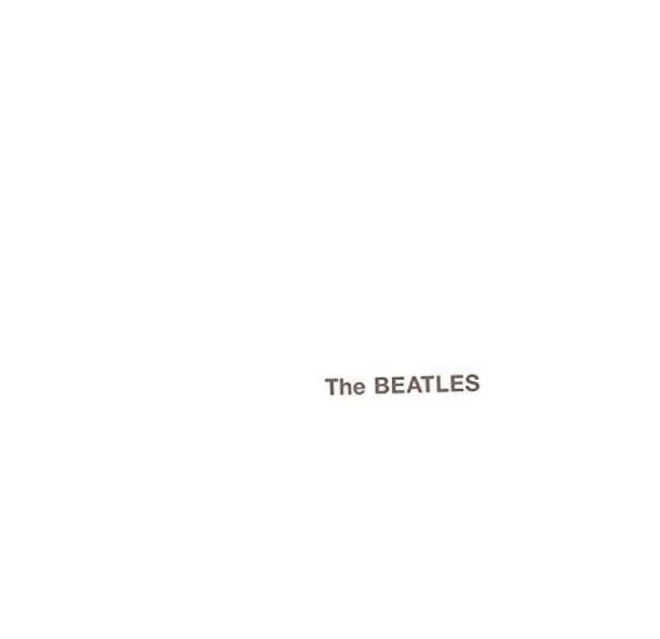
Perhaps predicting that conspiracy theorists would overanalyze the album covers to find evidence of their bass player's untimely dead, The Beatles released The White Album in 1968 with a cover that was nearly blank, save for the band’s name. But that didn't stop fans from coming up with some brand new theories after digging through the album’s liner notes for clues that Paul secretly died. An image in the notes shows Paul McCartney dunking his head in a bath tub, and it's alleged to be a representation of a coroner washing the gore from Paul's corpse.
A Misinterpreted Canadian Police Acronym Was Considered Evidence

The Beatles’s costumes for Sgt. Pepper’s Lonely Hearts Club Bandwere festooned with all sorts of patches that the band picked up on their tours, including an Ontario Provincial Police logo acquired by Paul McCartney in Canada. Eagle-eyed conspiracy theorists believed the patch actually read “OPD,” not OPP, and instantly jumped to the conclusion that the acronym stood for “Officially Pronounced Dead.” Not only did they misread the patch, but there’s no evidence that anyone, anywhere, has ever used the acronym OPD to refer to someone as officially pronounced dead.
Toward The End Of Their Run, The Beatles Were Straight Up Trolling Fans
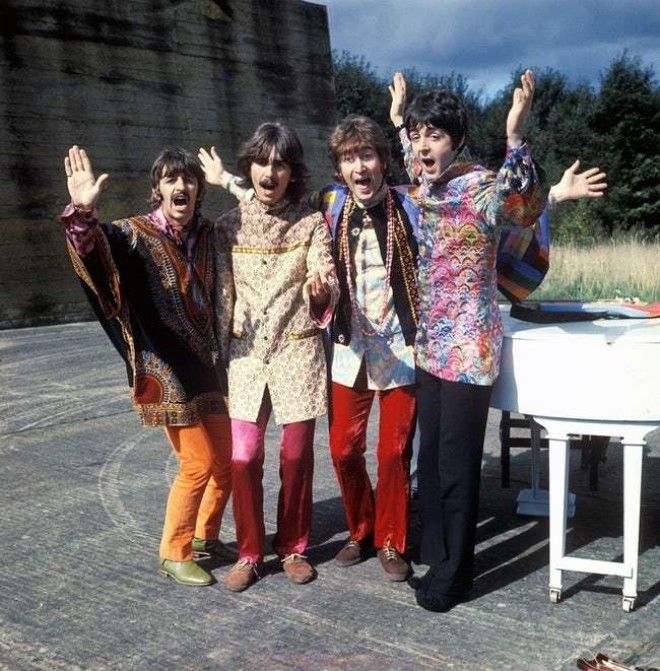
After a couple years of hearing about the Paul is Dead conspiracy theories, it’s little surprise that The Beatles realized how easy it would be to troll their most conspiratorial fans. While Paul McCartney wasn’t a huge fan of the idea that he died in 1966, John Lennon certainly was, and he took joy in trolling people with his lyrics. A prime example comes from 1968’s “Glass Onion,” in which Lennon sings, “here’s another clue for you all/the walrus was Paul.”
After the breakup of The Beatles, Lennon became a bit more direct, using “How Do You Sleep,” his anti-McCartney anthem, to opine that “those freaks was right when they said you was dead.”
A Fake Interview With Ringo Starr Made The Rounds

Many fans believed a fake 2015 World Daily News Report that claimed Starr had admitted to the ruse in an interview. Ringo supposedly blurted that, “When Paul died, we all panicked! We didn’t know what to do, and Brian Epstein, our manager, suggested that we hire Billy Shears as a temporary solution. It was supposed to last only a week or two, but time went by, and nobody seemed to notice, so we kept playing along. Billy turned out to be a pretty good musician and he was able to perform almost better than Paul. The only problem was that he couldn’t get along with John at all.”
Ringo even provided an explanation for the clues, stating “We wanted to tell the world the truth, but we were afraid of the reactions it would provoke. We thought the whole planet was going to hate us for all the lies we had told, so we kept lying but sending subtle clues to relieve our [consciences].” Of course, the entire interview was a complete fabrication, published by a tabloid that describes itself as existing for “entertainment purposes only.”
